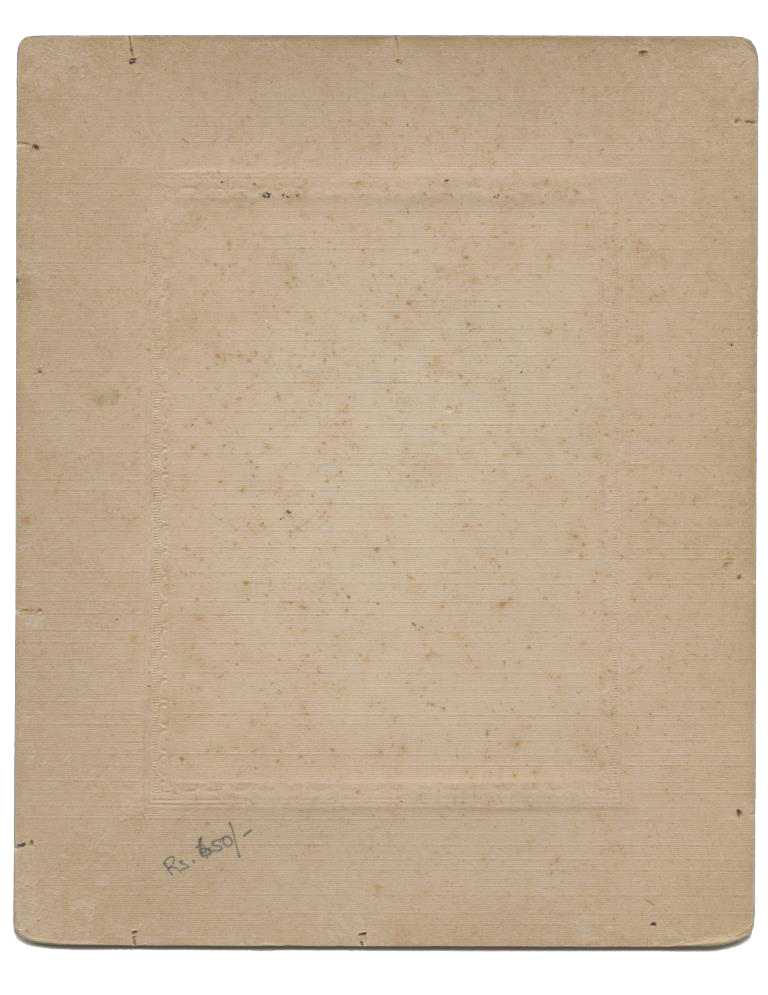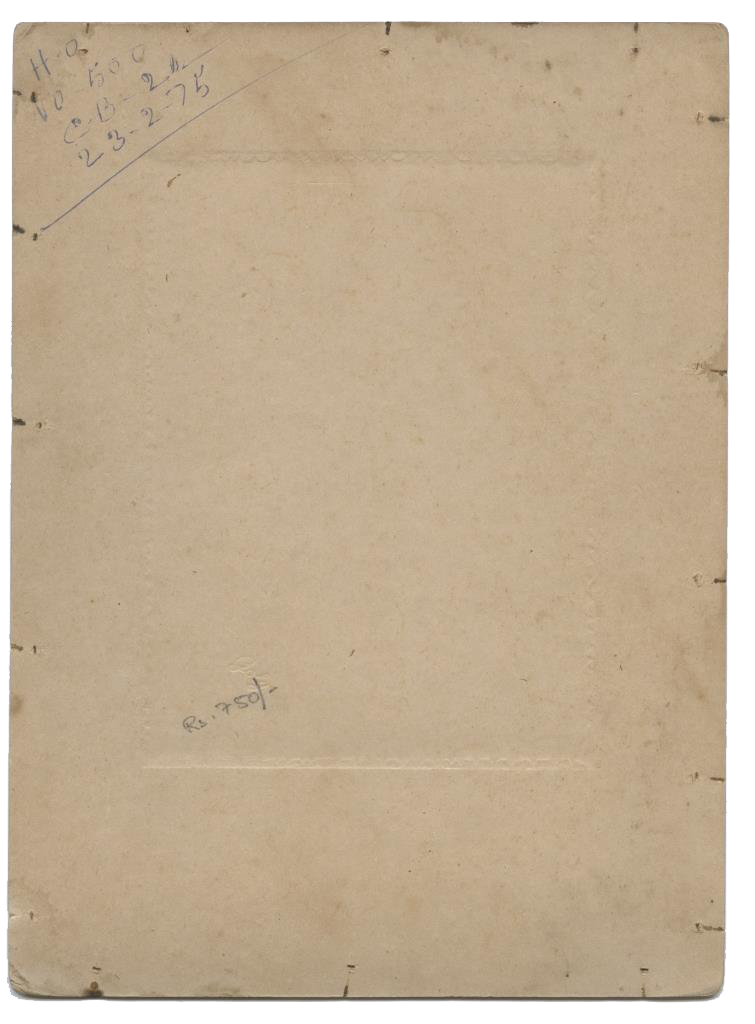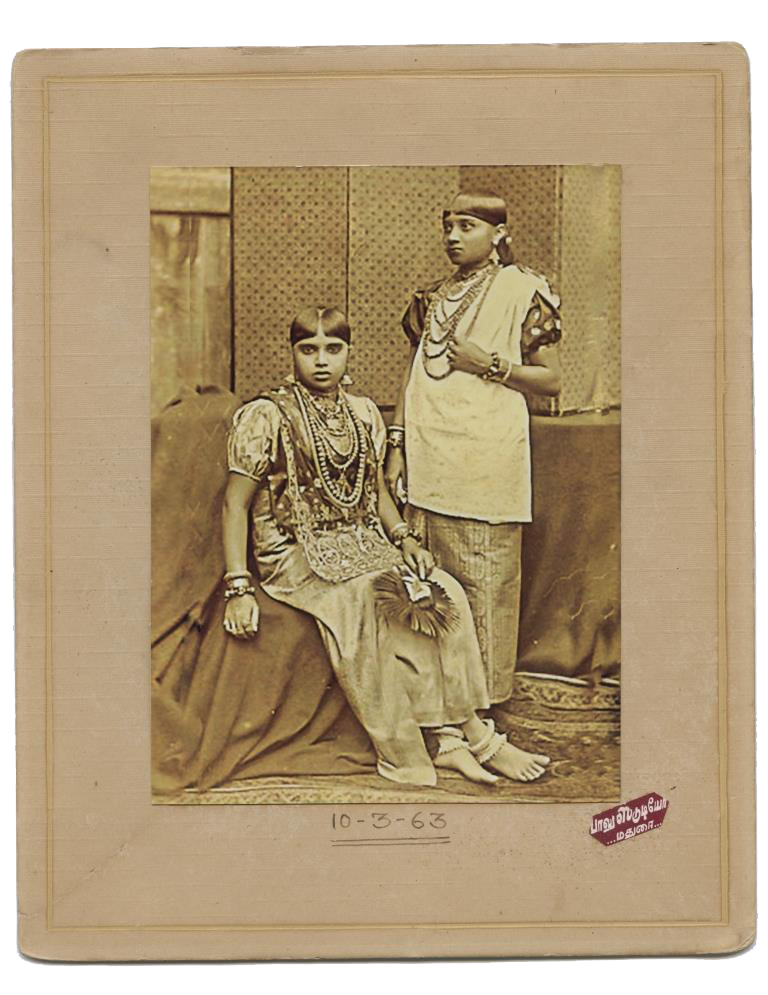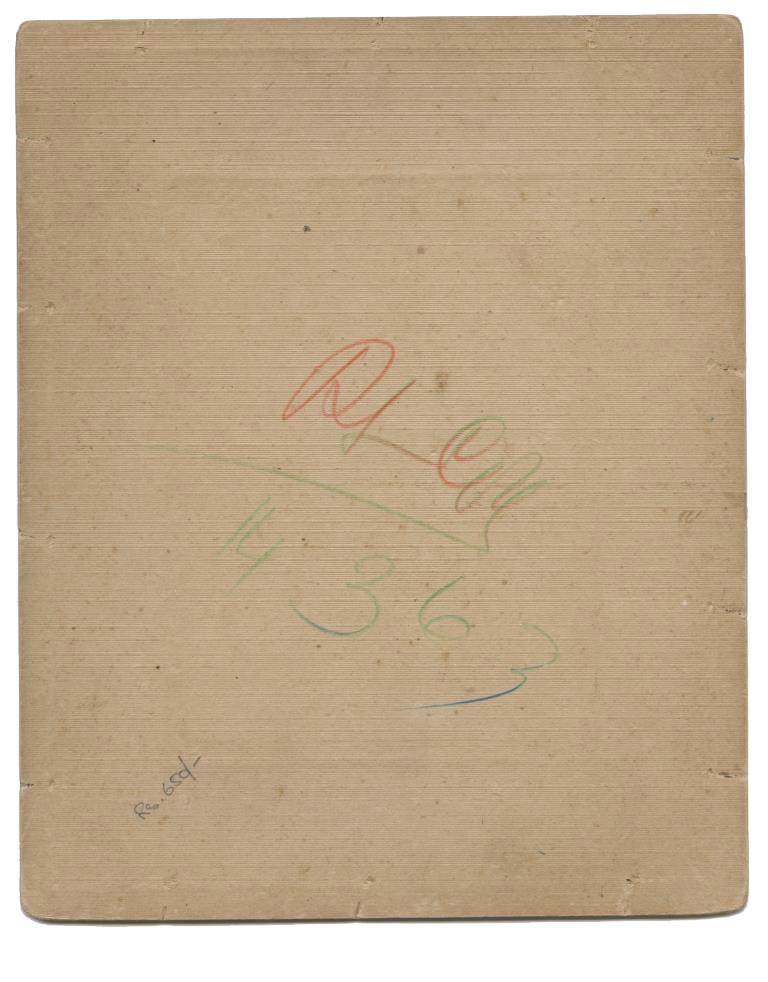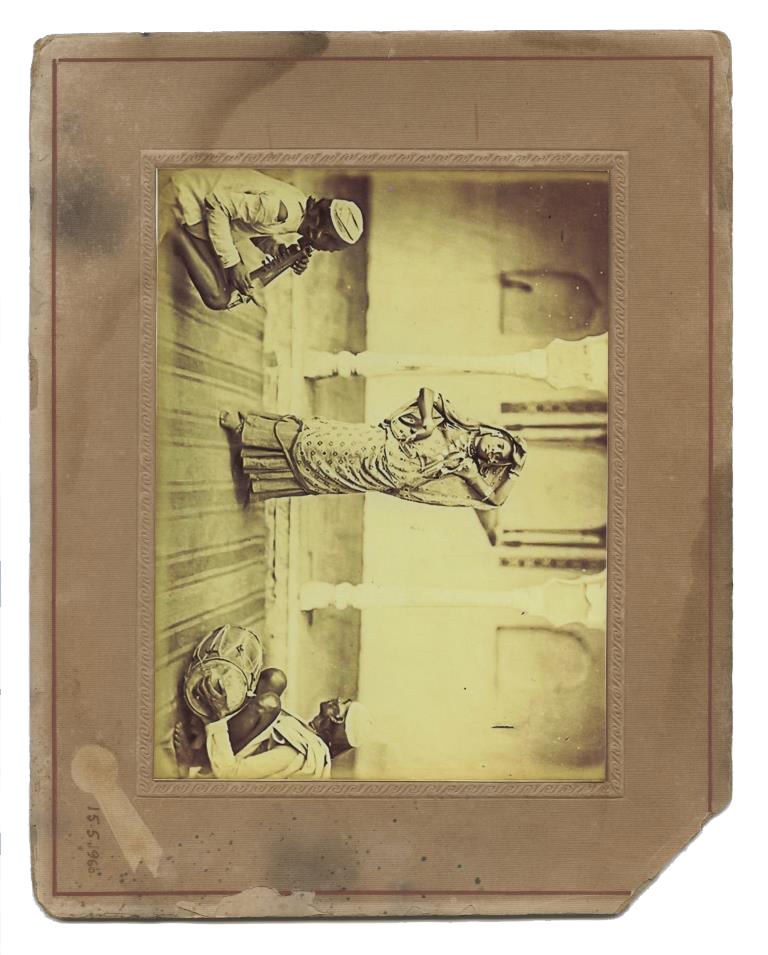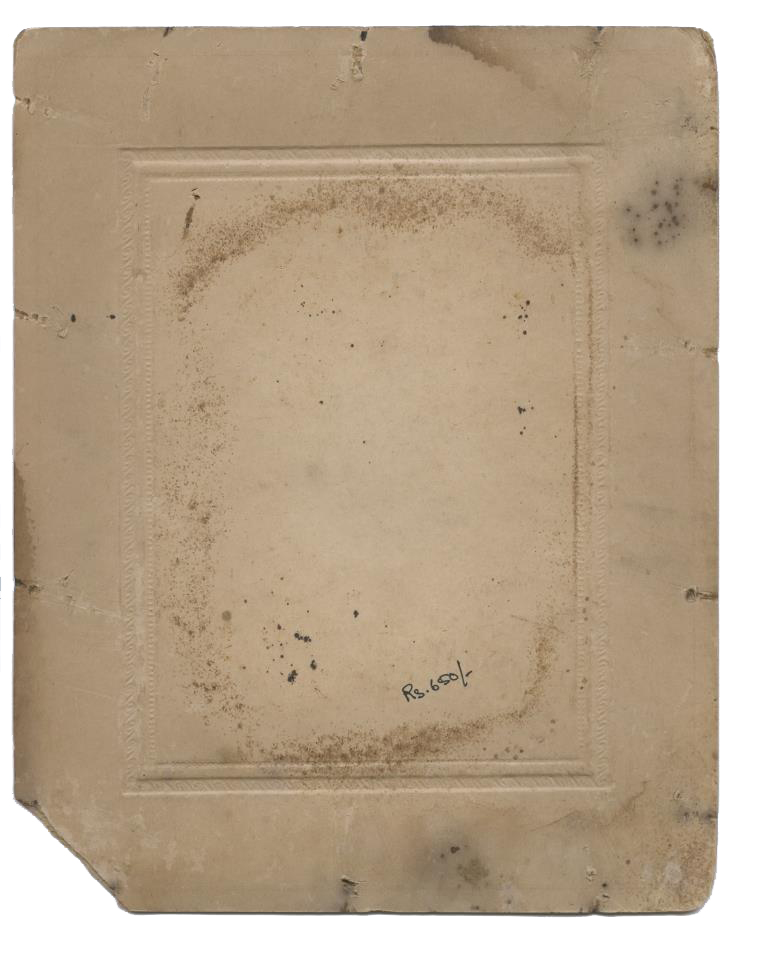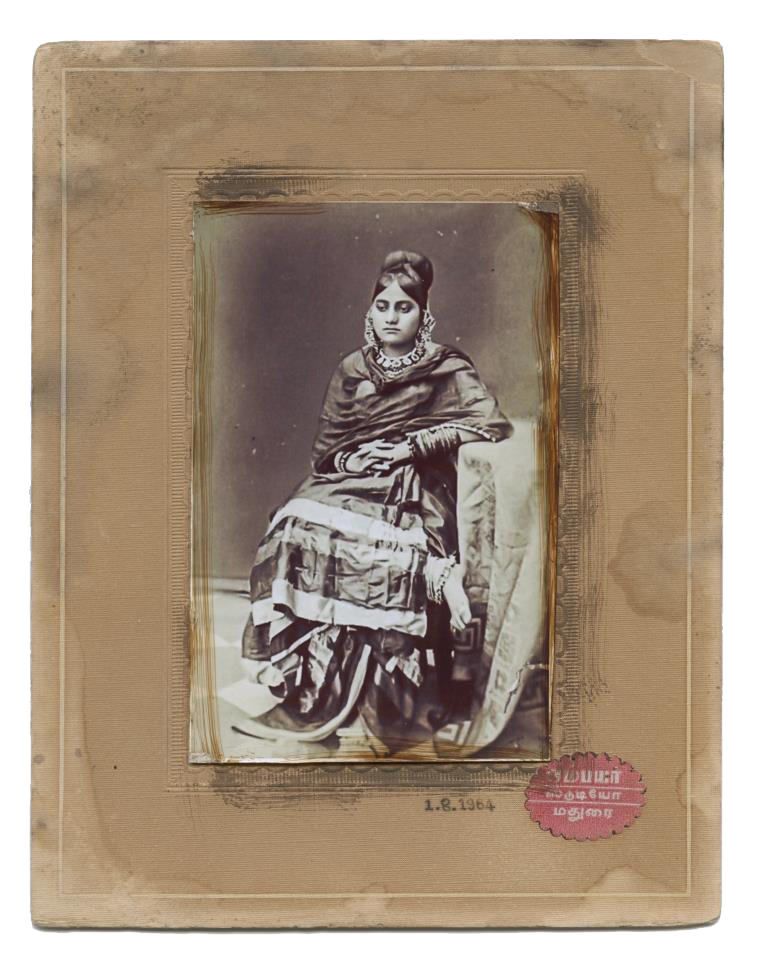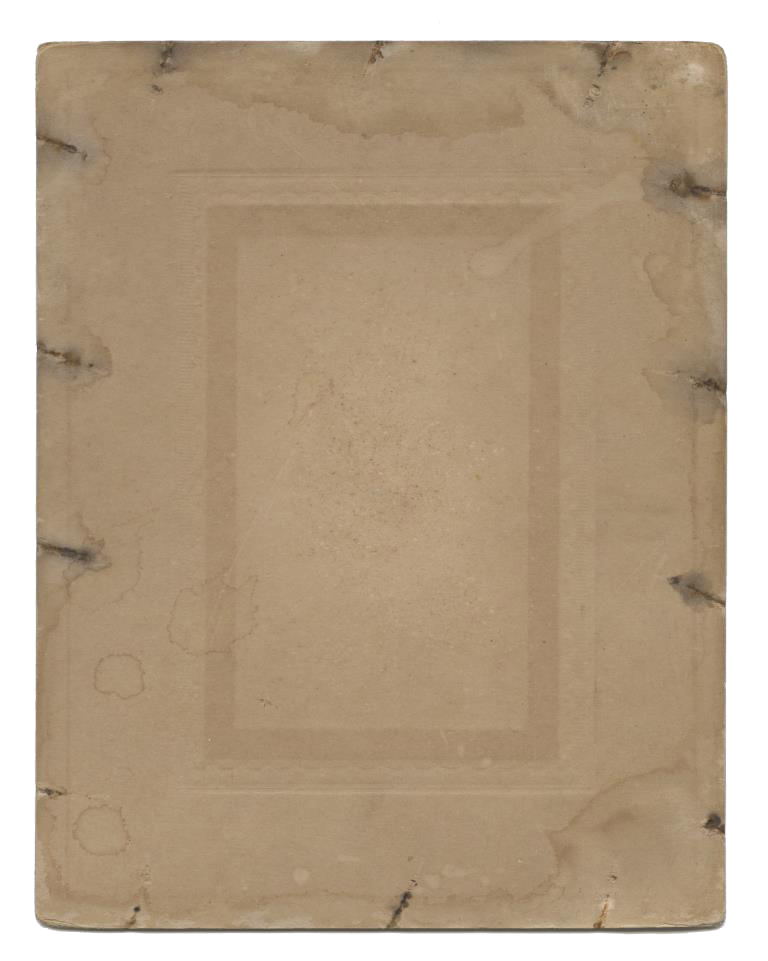
old indian photos
2016
found object
forged antique photographs
variable dimensions
I purchased these photo-objects in 2016 from Leens Export, an antique shop in the tourist bazaar of Jew Town in Mattanchery, Kochi.
Although depicting scenes from as early as the 1800s, a close examination of these photo prints revealed clear signs of digital mediation - for instance, traces such as pixelation and artificial toning to indicate aging. Each photograph was also mounted on vintage cardstock, many of which contained varying information that clearly conflicted with the images depicted.
Following my purchase, I digitised them and searched the internet for their ‘original’ sources. While some photographs were well known - with clear references to subject and photographer - others were more obscure. One of them appeared within the Wikipedia entry for ‘family’, while some were taken not in India, but in Ceylon (Sri Lanka). All images however, found a common source in a website called oldindianphotos.in - presumably also the site where the forgerers found them (and a healthy source of many more productions to come).
Although emerging from a copy, and clearly a replica, these photo-objects remain unique objects in their own right. Their combinations of image with cardstock, their physical and material attempts at ageing, and their traces of wear and tear, mark them as singular objects inscribing a relationship to complex networks of image production and distribution.
Instead of a mythical and exotic India, these images reveal a trajectory within which colonial photographic histories continue to be constructed – in this case for the consumption of largely western tourists. In a post-digital and post-colonial world, antique photographs are artefacts with exclusive monetary and cultural value and present photography as an objective window into these removed worlds.
The present collection, as a series of found objects, indexes this relationship, highlighting the faultlines of the same while contending the idea of a ‘historical photograph’, within the legacy of neo-colonial capitalism and globalisation.
Further Reading:
#exstrange: A Curatorial Intervention on Ebay, Maize Books
Reframing Generic Images: old indian photos by Nihaal Faizal, ASAP
2016
found object
forged antique photographs
variable dimensions
I purchased these photo-objects in 2016 from Leens Export, an antique shop in the tourist bazaar of Jew Town in Mattanchery, Kochi.
Although depicting scenes from as early as the 1800s, a close examination of these photo prints revealed clear signs of digital mediation - for instance, traces such as pixelation and artificial toning to indicate aging. Each photograph was also mounted on vintage cardstock, many of which contained varying information that clearly conflicted with the images depicted.
Following my purchase, I digitised them and searched the internet for their ‘original’ sources. While some photographs were well known - with clear references to subject and photographer - others were more obscure. One of them appeared within the Wikipedia entry for ‘family’, while some were taken not in India, but in Ceylon (Sri Lanka). All images however, found a common source in a website called oldindianphotos.in - presumably also the site where the forgerers found them (and a healthy source of many more productions to come).
Although emerging from a copy, and clearly a replica, these photo-objects remain unique objects in their own right. Their combinations of image with cardstock, their physical and material attempts at ageing, and their traces of wear and tear, mark them as singular objects inscribing a relationship to complex networks of image production and distribution.
Instead of a mythical and exotic India, these images reveal a trajectory within which colonial photographic histories continue to be constructed – in this case for the consumption of largely western tourists. In a post-digital and post-colonial world, antique photographs are artefacts with exclusive monetary and cultural value and present photography as an objective window into these removed worlds.
The present collection, as a series of found objects, indexes this relationship, highlighting the faultlines of the same while contending the idea of a ‘historical photograph’, within the legacy of neo-colonial capitalism and globalisation.
Further Reading:
#exstrange: A Curatorial Intervention on Ebay, Maize Books
Reframing Generic Images: old indian photos by Nihaal Faizal, ASAP

